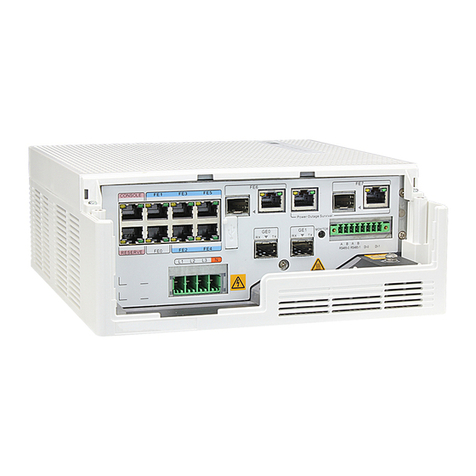Huawei PTN Series User manual
Other Huawei Network Router manuals

Huawei
Huawei AR530 Series User manual
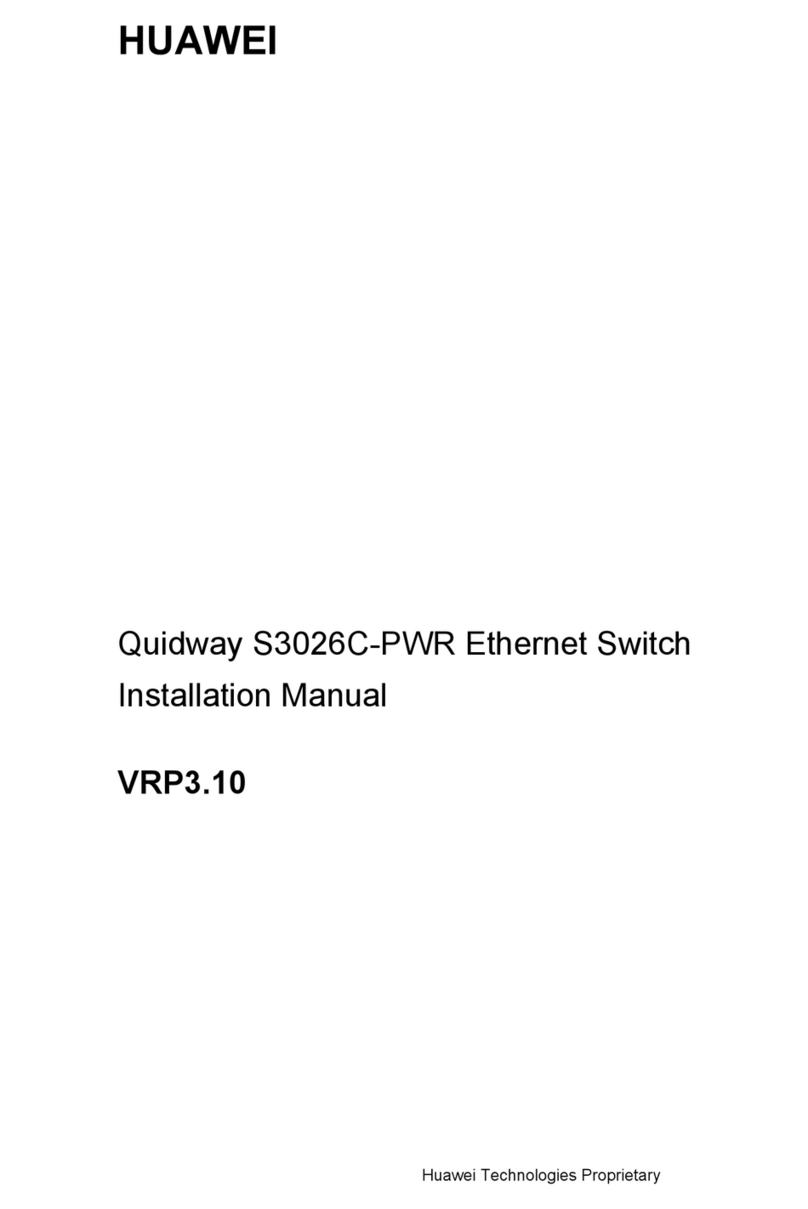
Huawei
Huawei S3026C-PWR User manual
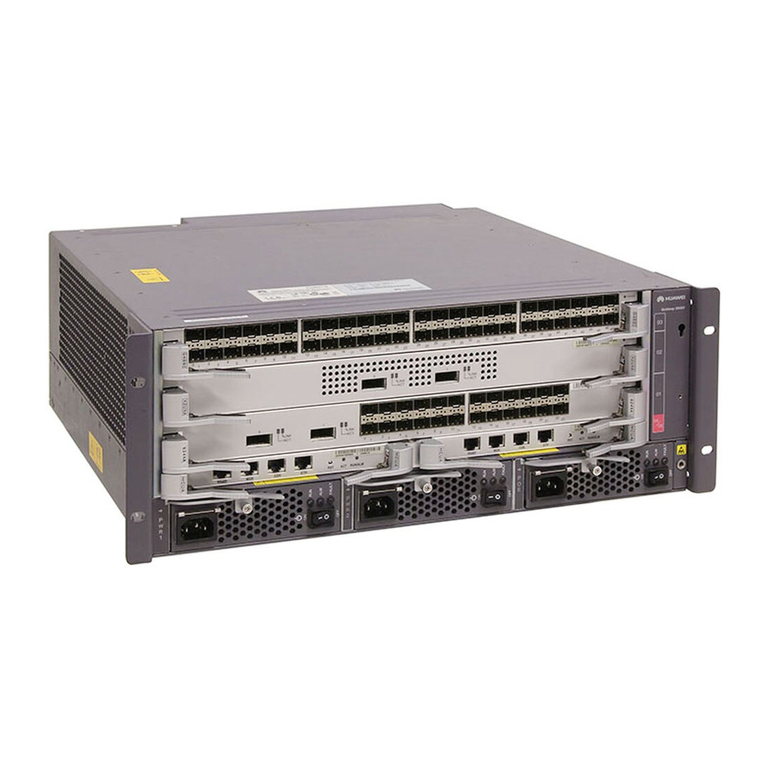
Huawei
Huawei Quidway S9300 User manual
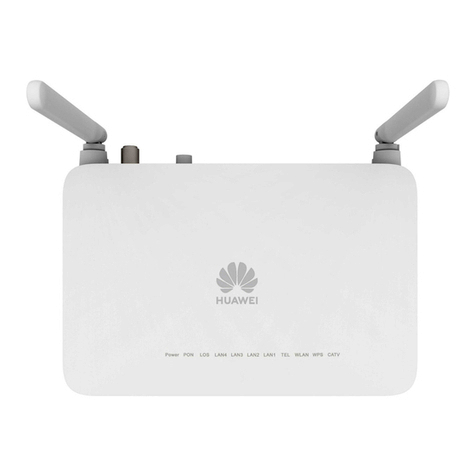
Huawei
Huawei EG8143A5 User manual

Huawei
Huawei Mobile WiFi Smart E355 User manual

Huawei
Huawei K562e User manual
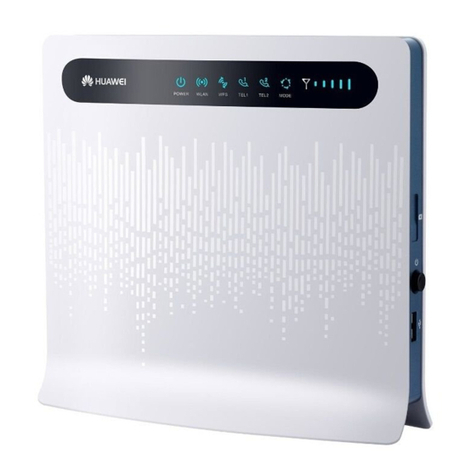
Huawei
Huawei Swisscom B593s User manual

Huawei
Huawei CarFi User manual
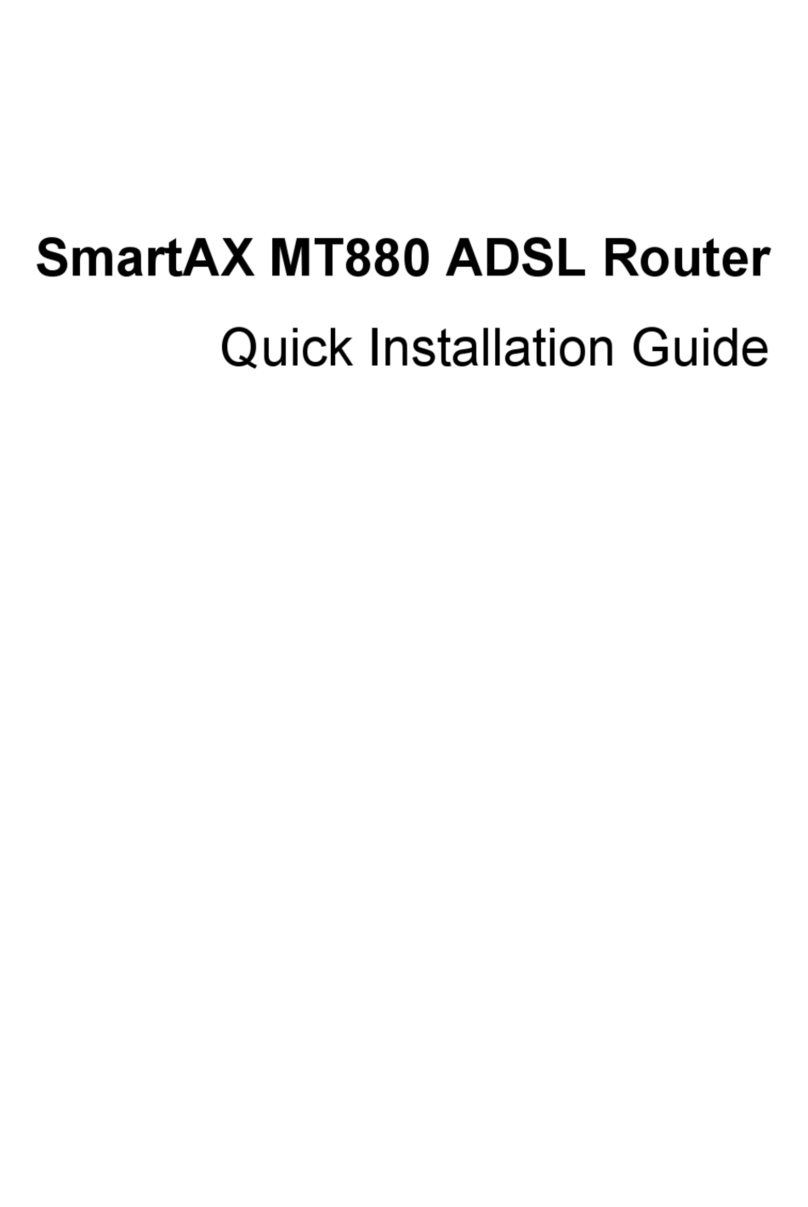
Huawei
Huawei SmartAX MT880 User manual
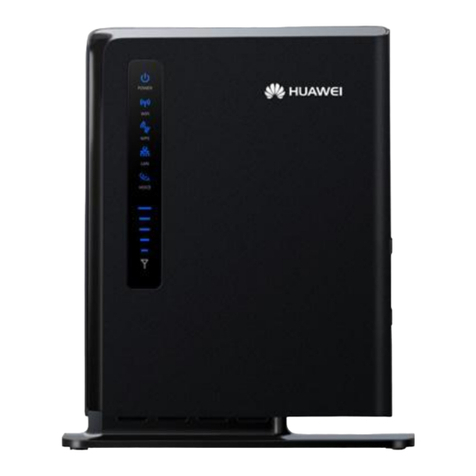
Huawei
Huawei LTE CPE E5172 Manual

Huawei
Huawei WS7001 User manual

Huawei
Huawei B593u-501 User manual
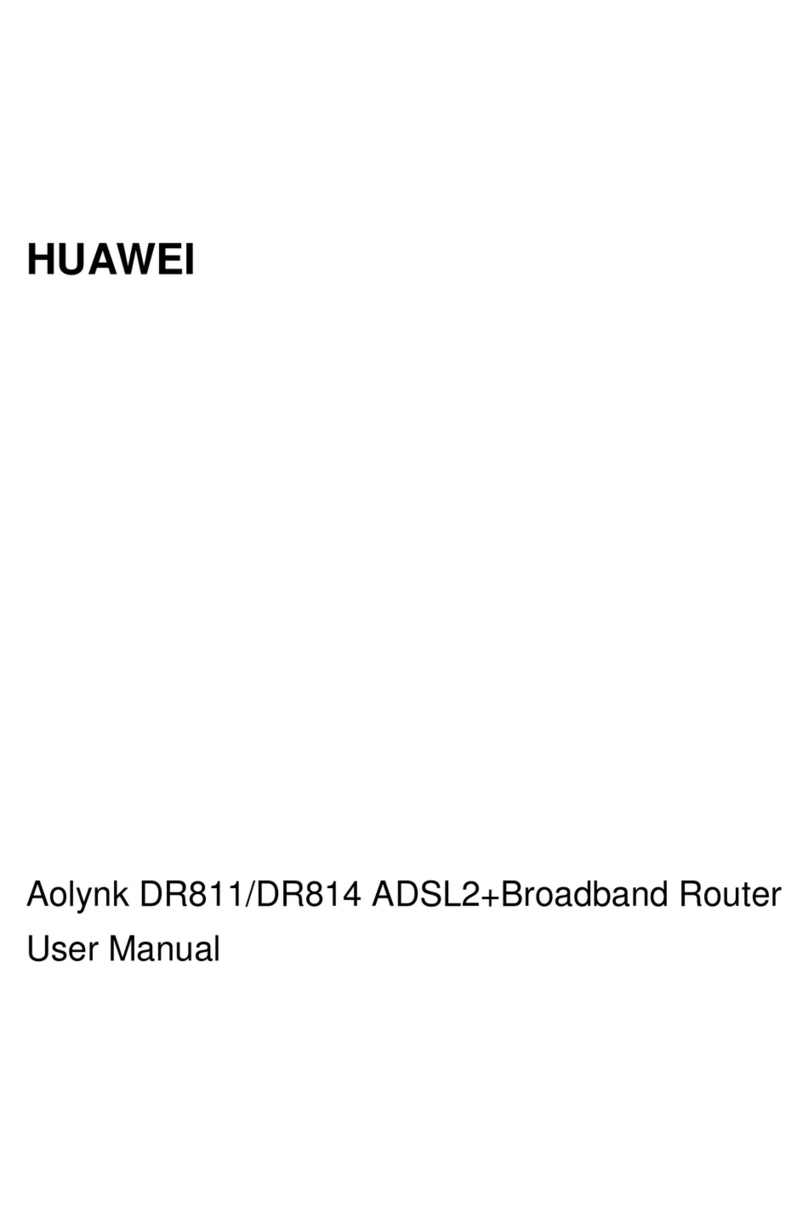
Huawei
Huawei ADSL2+Broadband Router Aolynk DR814 User manual
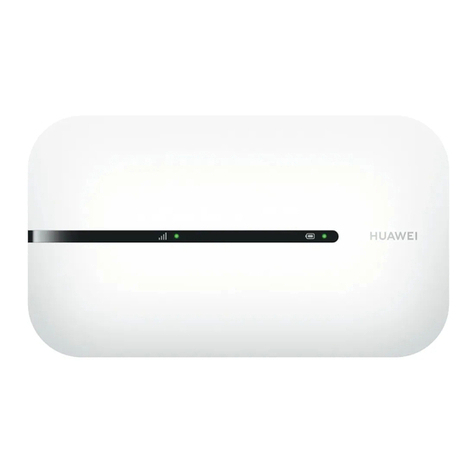
Huawei
Huawei E5783-230a Technical specifications
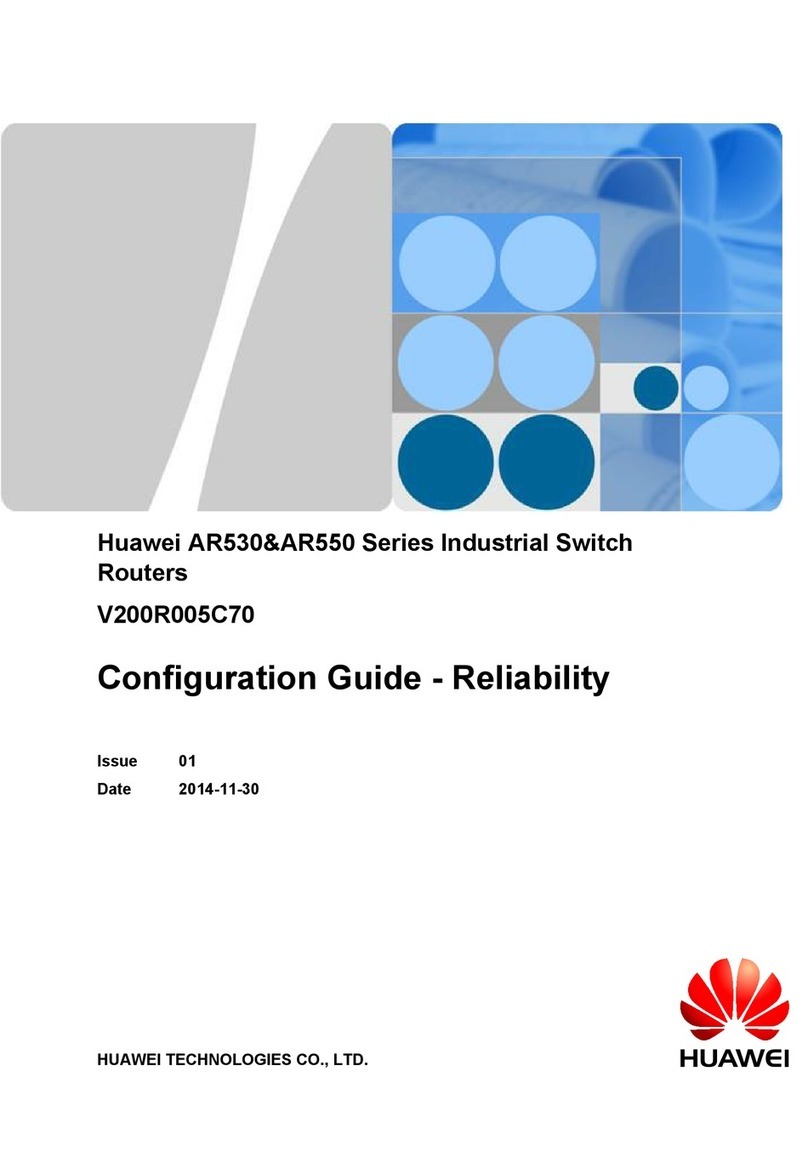
Huawei
Huawei AR530 Series User manual
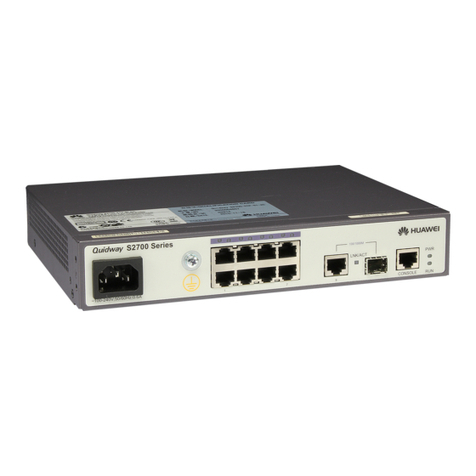
Huawei
Huawei Enterprise S2700 Series User manual
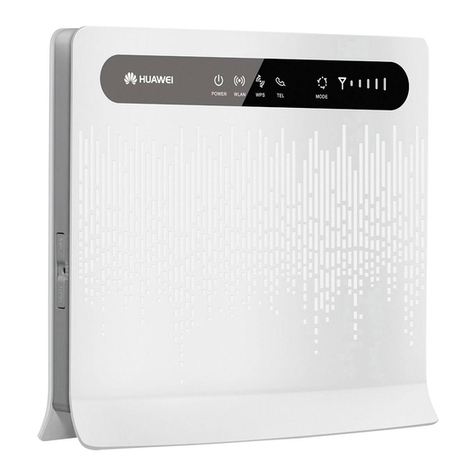
Huawei
Huawei B593 Product information sheet
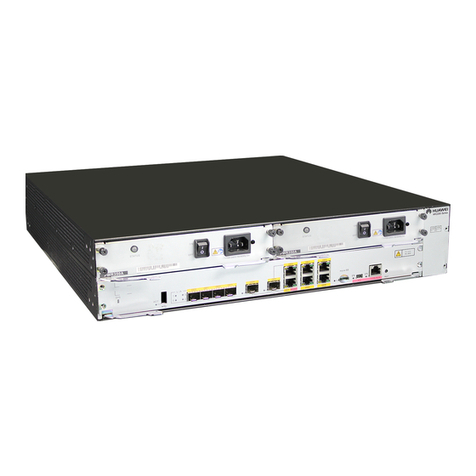
Huawei
Huawei AR2200-S Series User manual
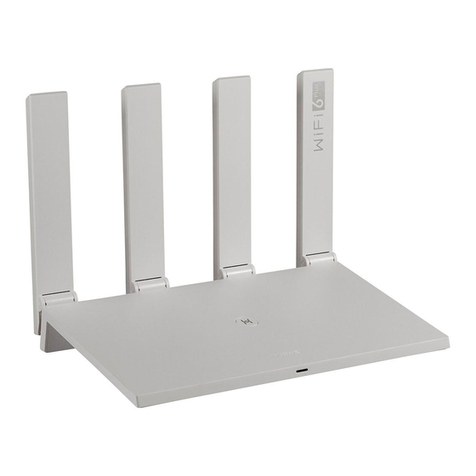
Huawei
Huawei WiFi AX3 User manual
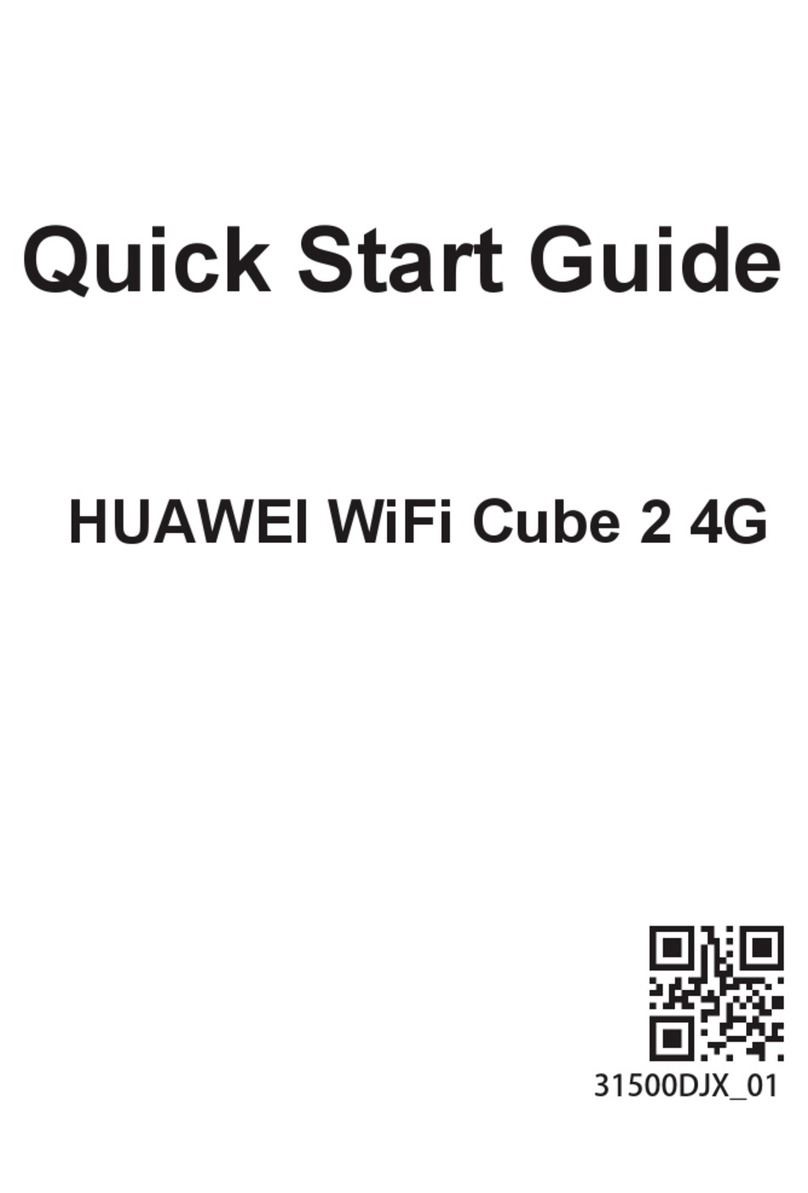
Huawei
Huawei WiFi Cube 2 4G User manual
Popular Network Router manuals by other brands

TRENDnet
TRENDnet TEW-435BRM - 54MBPS 802.11G Adsl Firewall M Quick installation guide

Siemens
Siemens SIMOTICS CONNECT 400 manual

Alfa Network
Alfa Network ADS-R02 Specifications

Barracuda Networks
Barracuda Networks Link Balancer quick start guide

ZyXEL Communications
ZyXEL Communications ES-2024PWR Support notes

HPE
HPE FlexNetwork 5510 HI Series Openflow configuration guide



